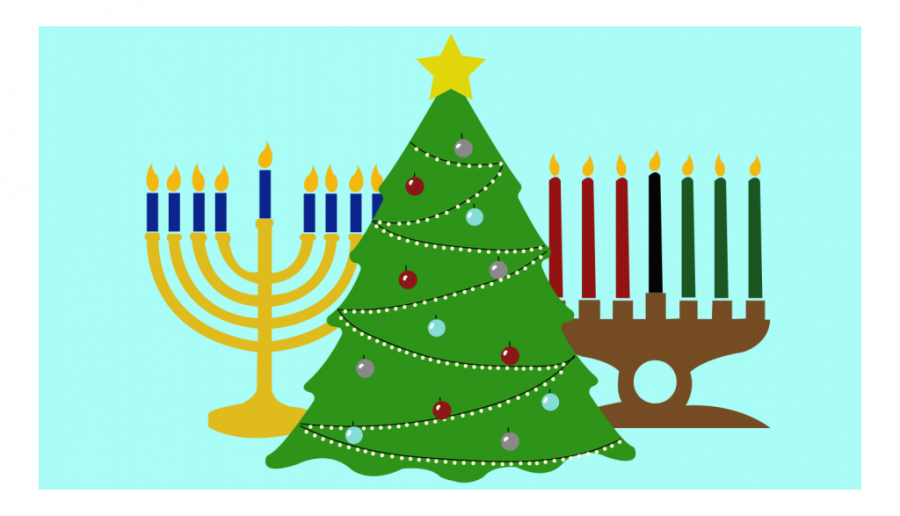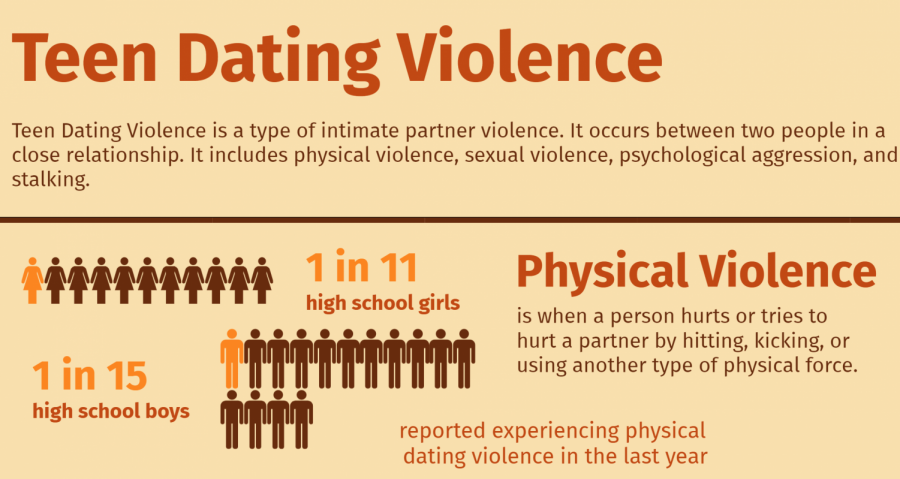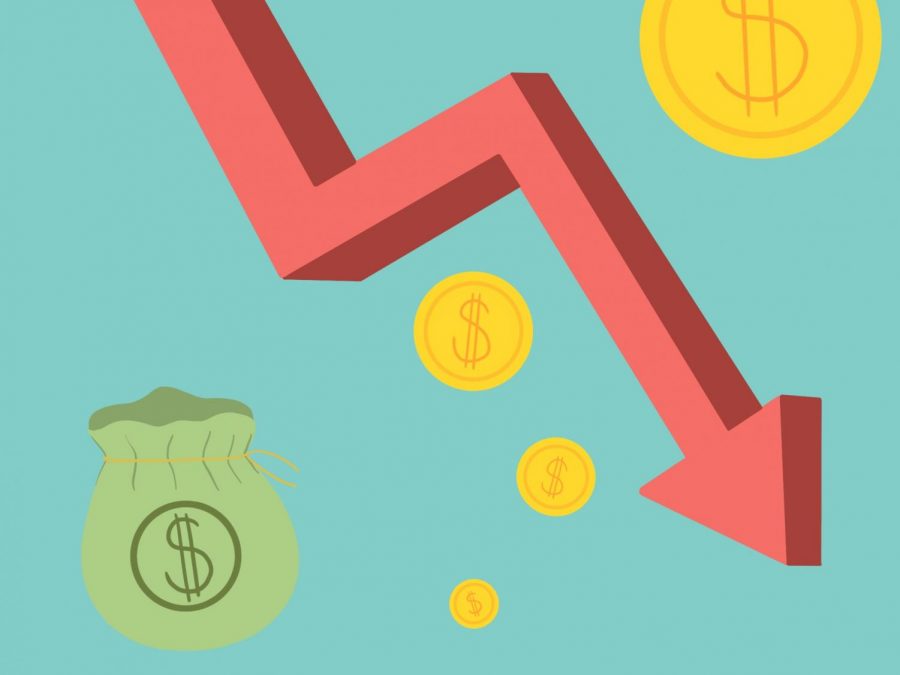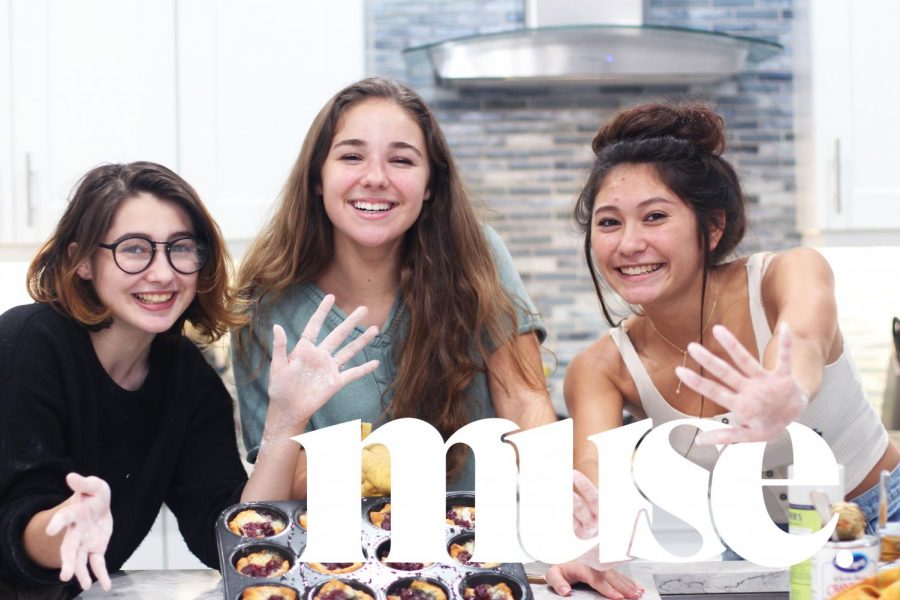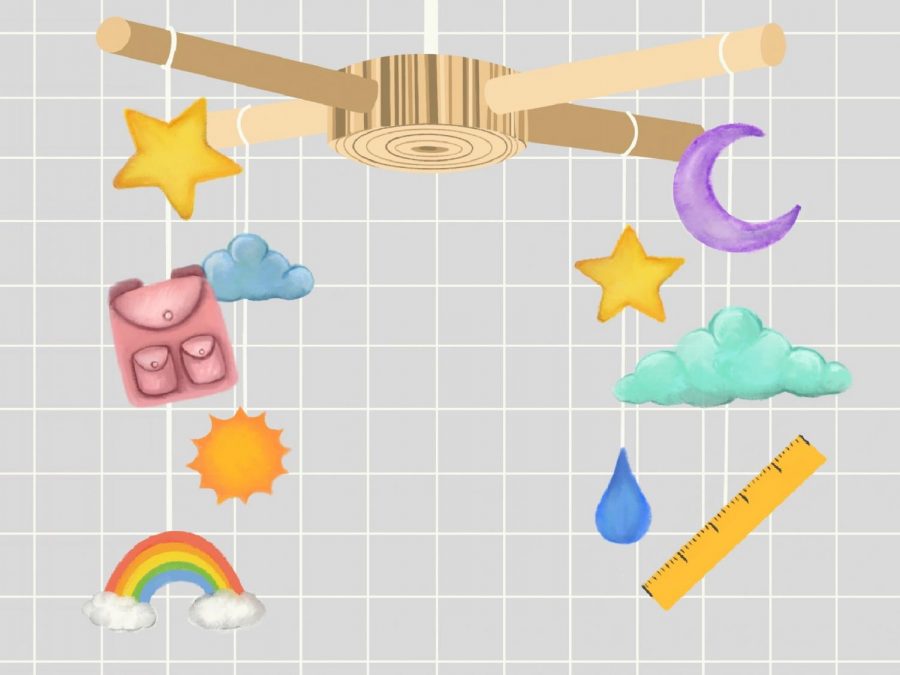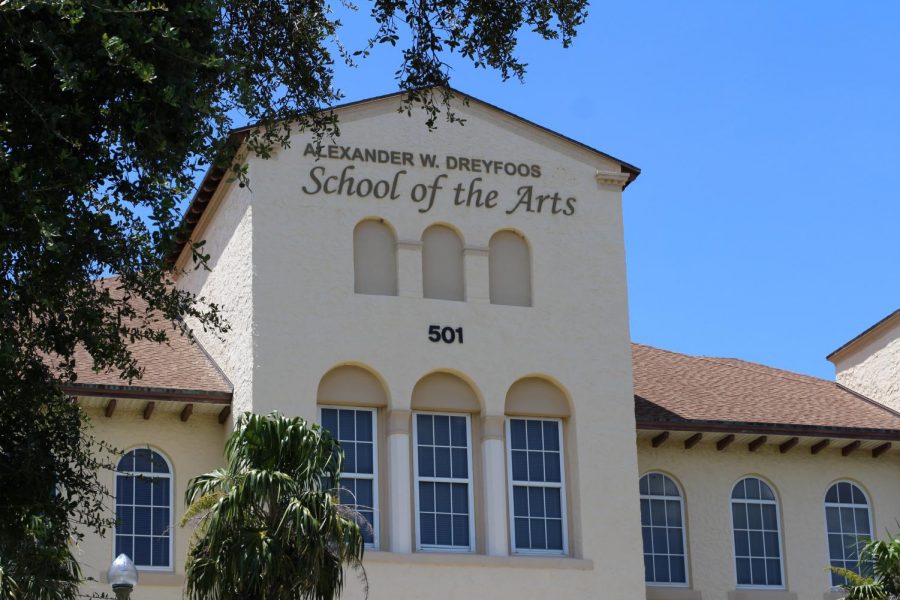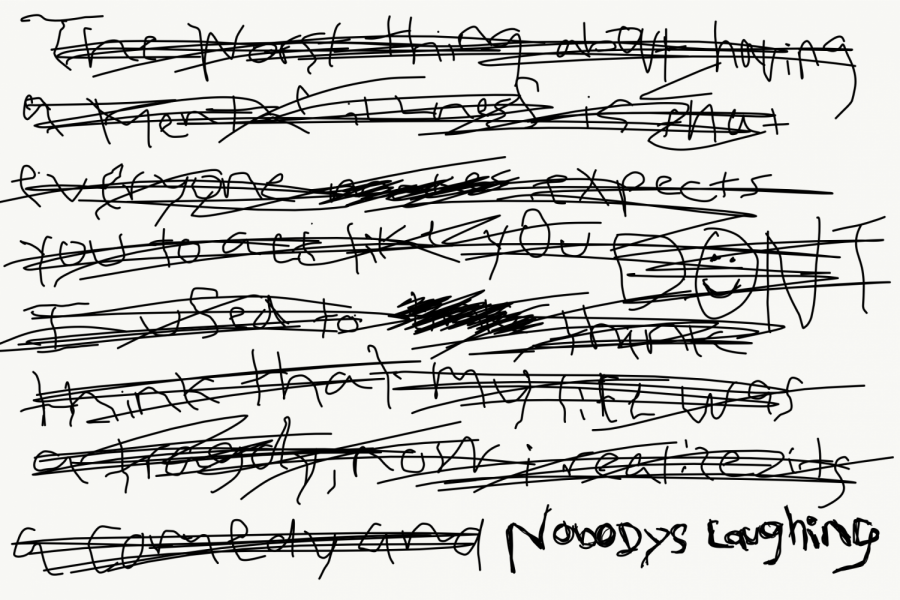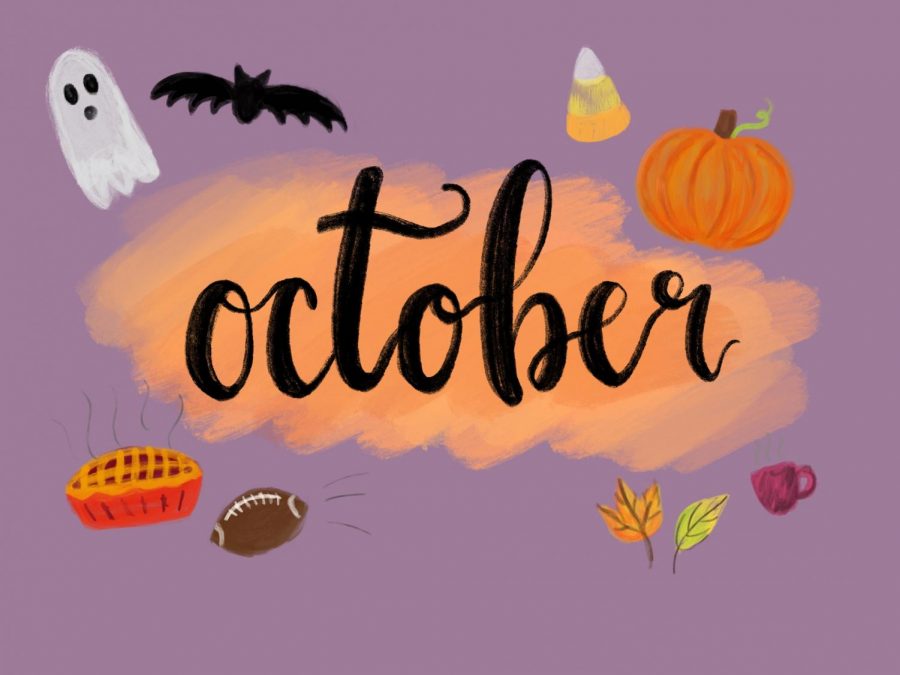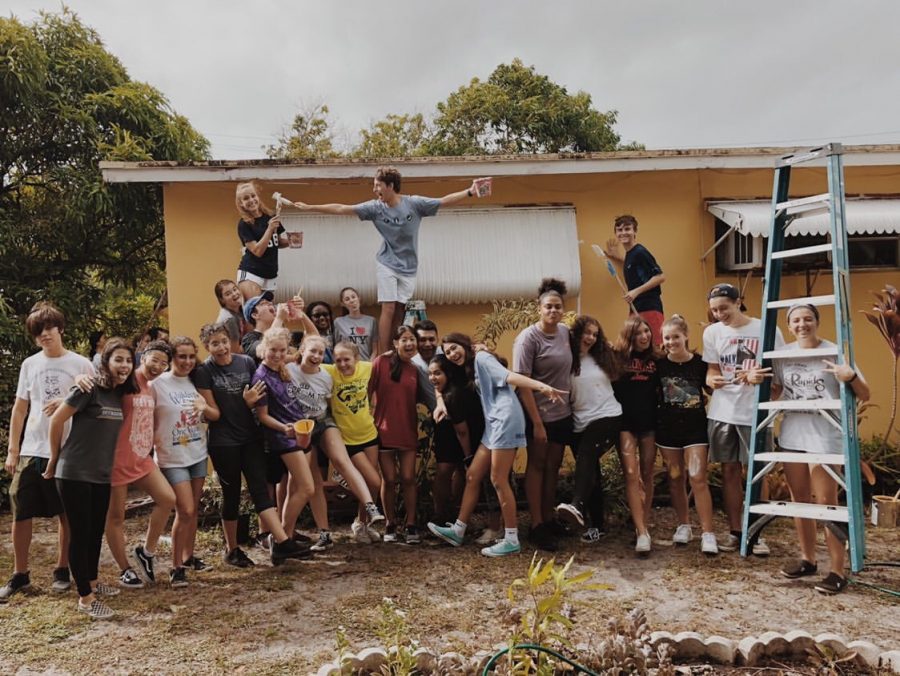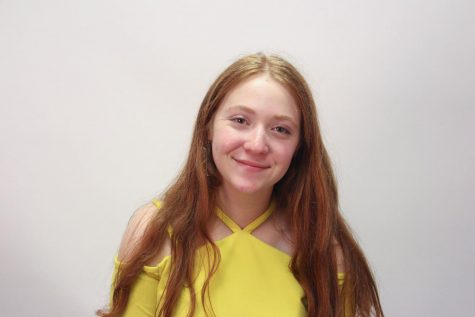From the sizzling smell of latkes, the bright light of Christmas, and the steady beat of the drums of Kwanzaa, most Americans celebrate a holiday around New Year’s. According to Pew Research Center, 92 percent of Americans celebrate some sort of holiday in December. This could be Christmas, Hanukkah, Kwanzaa, or even Winter Solstice. Each holiday has its own rich and fascinating history, so it’s important to learn about all of them.
Hanukkah (חנוכה)
Chanukah is a Jewish holiday celebrated on the 25th of Kislev on the Jewish calendar. Because it’s on the Jewish calendar, it falls on a different day every year on the secular calendar. Hanukkah celebrates two miracles, both the retaking of the temple after the Maccabean revolt, and the burning of the holy Menorah for eight days when the oil should have lasted for one; which is also why it’s called the Festival of Lights.
The first story of Chanukah takes place during the Hellenizing process of Ancient Greece, around 167 BC. The Greeks had captured and desecrated the temple, erupting a statue of Zeus there and slaughtering pigs on its holy alters. They had also forbid Jews from practicing their faith. As a result, a group of Kohanim, the priestly class, organized a revolt. The revolutionaries were called the Maccabees, which stands for “Mi Chamocha Ba-elim HaShem”, or “who is like G-d?” Even though the Maccabees had much smaller numbers compared to the Greek army, they miraculously won the war over a three year period, which is why the revolution is considered the first miracle of Chanukah.
The second comes from when the Maccabees had retaken the temple. They wanted to light the menorah, or the Eternal Flame, to rededicate the temple, but couldn’t find any undesecrated oils. Finally, they found enough for one day’s worth, but it miraculously lasted eight days. This is the second miracle of Chanukah, and why Jews light their own menorahs for eight days. This is also why Jews eat foods fried in oil, such as latkes/levivot, which are potato pancakes, and sufganiyot, which are yeast-based jelly doughnuts.
Christmas
Many people know the story of Christmas, the celebration of the birth of Jesus Christ, but few know how the many Christmas traditions came to be. For instance, the tradition of the Christmas tree evolved from the celebration of Yuletide, a Germanic/Pagan holiday celebrating the Winter Solstice and their sun god. Yule is also the origin of many other Christmas traditions like wreaths and singing. The evergreen tree was seen as special since it still bloomed green in the wintertime, and the Pagans would decorate their houses with the trees.
As the tribes of Northern Europe began converting to Christianity, these customs best translated into the celebration of Christmas, which was intentionally made around the same time in order to convert them. Beginning in the 16th Century, Germans would decorate their trees with apples, after Adam and Eve, and call them Paradise Trees. Paradise Trees would be on display throughout the Christmas holiday, eventually Germans began to hang other things on the tree like candies, nuts, and ornaments. When Queen Victoria married the German Prince Albert, she had him celebrate Christmas the way he did in his homeland, Paradise Tree and all. After the queen did it everyone followed, thus birthing the custom of the modern-day Christmas Tree.
Most of what we know as Christmas today was really birthed in the Victorian Era. Before that, Christmas was a minor holiday, second even to Boxing Day, which is a Canadian holiday created to follow Christmas. This was because of the Puritans’ disdain of the holiday. The man who can really be credited for creating modern Christmas is Charles Dickens. With his writing of A Christmas Carol, Dickens brought Christmas to the forefront of English culture, and since England was the world’s superpower back then, the ideas he wrote about in his book spread quickly. His writing created the idea of Christmas spirit and mainstreamed the holiday.
Kwanzaa
Kwanzaa is the newest holiday on this list, created in 1966 by Dr. Maulana Karenga, a Professor of Africana Studies at University of Southern California, Los Angeles; celebrated from Dec. 26 through Jan. 1. It is a Pan-African holiday that was created for the Black Freedom Unit, and can be described as “spiritual, but not religious.” Kwanzaa is a combination of customs from several African harvest holidays, and is meant to reaffirm African values and culture. The name Kwanzaa itself is derived from the Swahili “first fruits” or “matunda ya kwanza”. The celebration of the holiday revolves around affirming cultural values. It is meant to teach Nguzo Saba, the Seven Principles, Umoja (Unity), Kujichagulia (Self-Determination), Ujima (Collective Work and Responsibility), Ujamaa (Cooperative Economics), Nia (Purpose), Kuumba (Creativity), and Imani (Faith).
One Kwanzaa tradition is the passing of the Unity cup where each family member takes a sip from it before pouring it in commemoration of their ancestors. The kinara, a candle holder, is meant to symbolize the collective roots of the African people. There are seven candles for the Seven Principles, the center black candle is the Umoja candle, the three red ones are the Kujichagulia , Ujima , and Kuumba candles. The three green candles are the Ujamaa , Nia , and Imani candles. Many families also celebrate it through music, dancing, and song. People also give gifts during Kwanzaa, but they are meant to be gifts to teach children about their heritage. For instance a book on Africa or Kwanzaa, or Zurias and Jalabiyas, traditional Pan-African dress.
All of the holidays being celebrated near New Year’s are so unique in both the way that they are celebrated and the ways that they were made. They each have their own histories, foods, celebration. In a world that is often so hectic it is refreshing to be able to sit down by you menorah, your tree, your kinara with your friends and family and ring in the New Year.























































